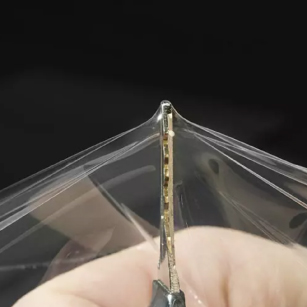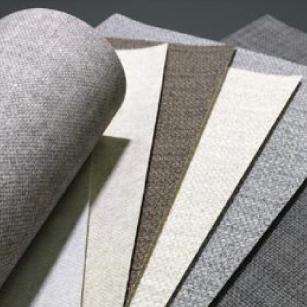 House of Wrap
House of Wrap
Masters of Interior Resurfacing | Greater Toronto Area
Vinyl film, a versatile and durable plastic, is becoming a popular choice for both interior and exterior applications in homes, offices, and commercial buildings. While it’s been widely used in the automotive industry for years, Architectural Vinyl Film is now gaining mainstream traction due to its adaptability and wide range of applications. Whether you’re looking to renovate walls, cabinets, or even elevator interiors, vinyl offers a cost-effective and stylish solution.
In General.
Vinyl, scientifically known as polyvinyl chloride (PVC), is a synthetic thermoplastic made from ethylene (found in crude oil) and chlorine (found in salt). These materials are processed and combined to form PVC resin, commonly referred to as vinyl.
One of vinyl’s most valuable properties is its ability to be reprocessed using heat, allowing it to be molded into a variety of forms, textures, and finishes. This makes it ideal for both decorative and functional purposes across different industries, especially with architectural films like 3M™ DI-NOC™, which are self-adhesive and can stick to surfaces such as walls, doors, panels, ceilings, furniture, and more.
Common Properties of VInyl.
- Moisture and Humidity Resistant: Perfect for areas exposed to moisture, like kitchens and bathrooms.
- Durable and Long-lasting: Vinyl’s strength makes it resistant to wear and tear, ideal for high-traffic areas.
- Versatile in Design: Available in an array of colors and textures, from metallic finishes to wood grains.
- Low Cost: Vinyl is an affordable alternative to traditional materials like wood, stone, or metal.

Applications of Architectural Vinyl:
Interior and Exterior: Whether you’re updating your kitchen cabinets, resurfacing columns, or adding new life to walls and ceilings, vinyl can easily transform the look of any surface.
Doors, Elevators, and Millwork: Vinyl provides an efficient way to renovate doors, elevator interiors, and intricate millwork, offering the appearance of premium materials without the hefty cost or lengthy installation.
Protect high-traffic surfaces like baseboards and countertops with durable vinyl finishes that mimic real materials like marble and wood.
Why Choose Vinyl for Your Next Project?:
Cost-Effective: Achieve high-end looks at a fraction of the cost.
Quick and Clean Installation: Vinyl film can be installed with minimal disruption, making it an ideal choice for both small updates and large renovations.
Durable and Low-Maintenance: With proper care, vinyl can last over 20 years, resisting moisture, scratches, and UV exposure.
Versatile Design Options: With thousands of patterns, textures, and finishes available, vinyl offers endless design possibilities for any style or need.



Environmentally Friendly.
Vinyl is a very environmentally friendly material, not only because it can be recycled, but also for many other reasons. Vinyl helps in the preservation of environmental resources as 57% of vinyl is made from common salt, which is a renewable natural substance. Non-replenish able resources such as crude oil only account for 43% of vinyl resin, thus making it nature friendly.
In comparison to various other materials used by the packing industry, vinyl requires lesser amounts of natural resources to make, utilizes much lesser energy for manufacture, and also releases lower emissions into the environment.
Thus vinyl, a synthetic man made material, has truly revolutionized the entire plastic resin industry. Because of the durability of vinyl, products made from this material have a long life span. Add to this the fact that the vinyl can then be recycled, translates into an even longer life of the vinyl plastic resin.